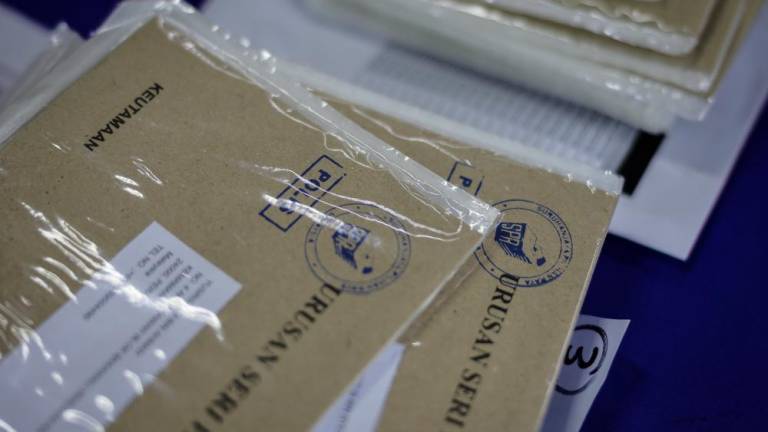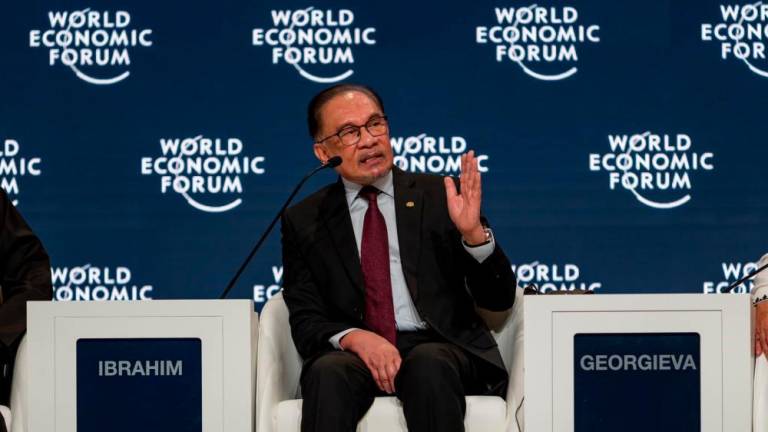KUALA LUMPUR: Semiconductor exports this year will be “better” than the RM575 billion sales in 2023, thanks largely to the relocation and investments in Malaysia by renowned global companies.
Malaysia Semiconductor Industry Association (MSIA) president Datuk Seri Wong Siew Hai said 20 per cent of exports are shipped to the United States (US) -- easily making Malaysia its largest supplier.
Rated sixth in the world for semiconductor exports, Malaysia reportedly has 7.0 per cent of the global market share.
The local semiconductor sector showed its tenacity last year when exports dropped only 3.0 per cent from RM595 billion in 2022 when global industry sales dipped 8.2 per cent.
“For Malaysia to maintain this position, it needs to ship RM1.2 trillion worth of exports by 2030 -- which is nearly double (from RM575 billion in 2023) as everybody is building wafer fabrication plants globally,“ he said.
A wafer in electronics is a thin slice of semiconductor while wafer fabrication involves repeated sequential processes to produce complete electrical or photonic circuits on semiconductor wafers.
There is no denying that Malaysia faces competition, nevertheless, Wong said.
Vietnam, Thailand, the Philippines, and India are also cashing in on the relocation, taking advantage of the US-China trade tensions by getting into the chip business.
But Wong said Malaysia has stood out well due to the big names that have invested here.
Intel has made known its intention to invest to the tune of US$7 billion (US$1=RM4.7), AT&S 1.7 billion euros (1 euro=RM5.09), and Infineon 5 billion euros.
This excludes companies with smaller investments of between RM1 billion and RM2 billion each, he said.
Austrian semiconductor firm AT&S opened its plant in Kulim, Kedah in January 2024 producing integrated circuit (IC) substrates for next-generation microchips.
Intel has announced two fabrication plants in Ohio, two in Arizona, and another in Germany. Taiwan Semiconductor Manufacturing Co (TSMC) has also announced its plans for a fabrication plant in Arizona, its second one there and it inaugurated its first plant in Japan this year.
Wong said Samsung and Chinese companies also announced plans to build mid- and high-end fabs.
Semiconductor companies are increasing their capacities in anticipation of growth as “everybody is trying to capture a piece of the pie,” Wong said.
The US, European Union, South Korea, Japan, and China are putting money behind it to position themselves to capitalise on this growth, he said.









